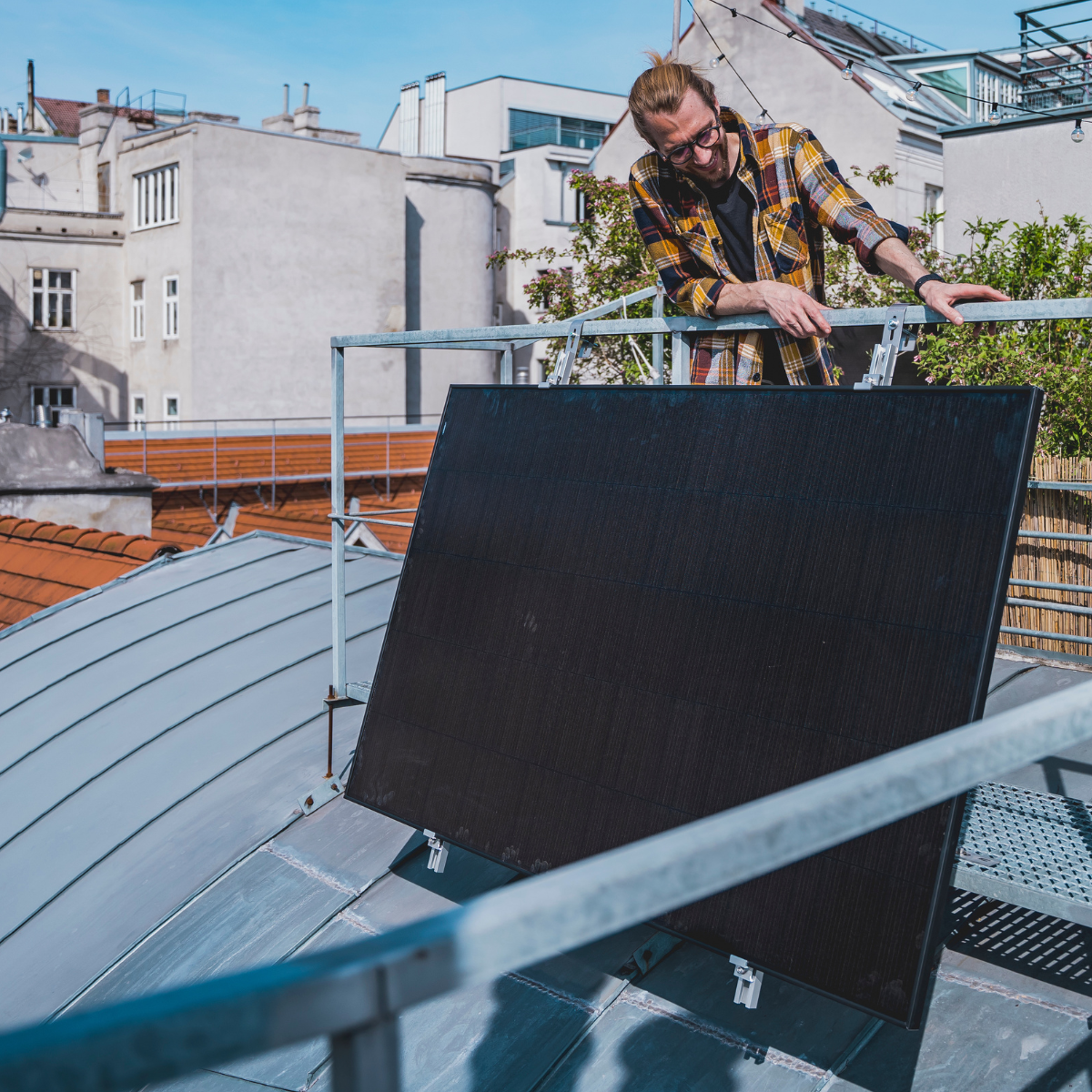Introduction to battery systems: 12 V vs. 24 V
Almost all of us use batteries in our daily lives, whether in remote controls, kitchen clocks , cars , or mobile homes . Anyone who hasn't yet dealt with DC systems , self-sufficient solar systems , or off-grid systems has probably never thought about battery voltage . However, as soon as you consider mobile power supplies , power stations , or solar modules , you have to decide between 12-volt and 24-volt battery systems .
What is the voltage of the electrical system of a car, RV, or boat?
The basic knowledge for understanding a battery system is an understanding of voltage (volts) . Voltage is the electrical pressure required to transfer current.
Common battery systems:
- 12-volt battery systems: Standard in most vehicles (cars, RVs, boats). Maximum output approximately 12.8 volts. Perfect for starters, lighting, refrigerators , and ignition.
- 24-volt battery systems: Maximum output approximately 25.6 volts. Used in larger vehicles, more complex solar systems , or balcony power plants .
Note: The nominal voltage of 12 volts may vary slightly depending on the charge level and load.
Construction of a 24 volt battery system
24-volt battery systems are used in larger trucks, buses, or mobile homes with high power requirements.
Construction options:
- Direct 24-volt battery: rare, expensive, difficult to obtain.
- Series connection of two 12-volt batteries: requires more space, but is flexible and common.
Series connection of 12-volt batteries
The most common method to create a 24 volt system is to connect two 12 volt batteries in series .
How it works:
- Negative terminal of the first battery → positive terminal of the second battery
- Voltage adds up, capacity remains the same
- Example: 2 batteries of 12 Volt, 100 Ah → Result: 24 Volt, 100 Ah
Please note: With our WATTSTUNDE batteries, a maximum of four batteries can be connected in series; this may vary with other manufacturers.
Comparison of 12 volt vs. 24 volt battery systems
12 volt systems:
- Widely used, all standard devices compatible
- Ideal for small solar systems , power stations and short cable lengths
- Only one battery needed
24 volt systems:
- Advantage: Thinner cables → less space required and lower costs
- Less current (amperes) required, but the same performance
- Disadvantage: Many devices are designed for 12 volts → DC-DC converter required (approx. 4% energy loss)
Conclusion: For larger motorhomes, extensive solar systems , or self-sufficient camping, a 24-volt system is worthwhile.
Determine energy requirements
Before you choose a battery system, it is important to know your daily energy needs :
- Determine consumption in watts of all devices
- At < 3000 Watt AC → 12 Volt system sufficient
- For > 3000 Watt AC → 24 Volt system makes sense
- For > 6000 Watt AC or island systems → 48 Volt system can be advantageous
Tip: For island systems , balcony power plants or larger self-sufficient systems, 48 volts are particularly efficient
Summary
The choice between 12 V and 24 V battery systems depends on several factors:
- Consumer energy needs
- Cable length and space in the vehicle
- Compatibility with existing devices
- Size and expansion of the solar system , power station or island system
With this information, you can make an informed decision and optimally plan your self-sufficient power system – whether in a motorhome , on a boat or in grid-based and off-grid applications .









